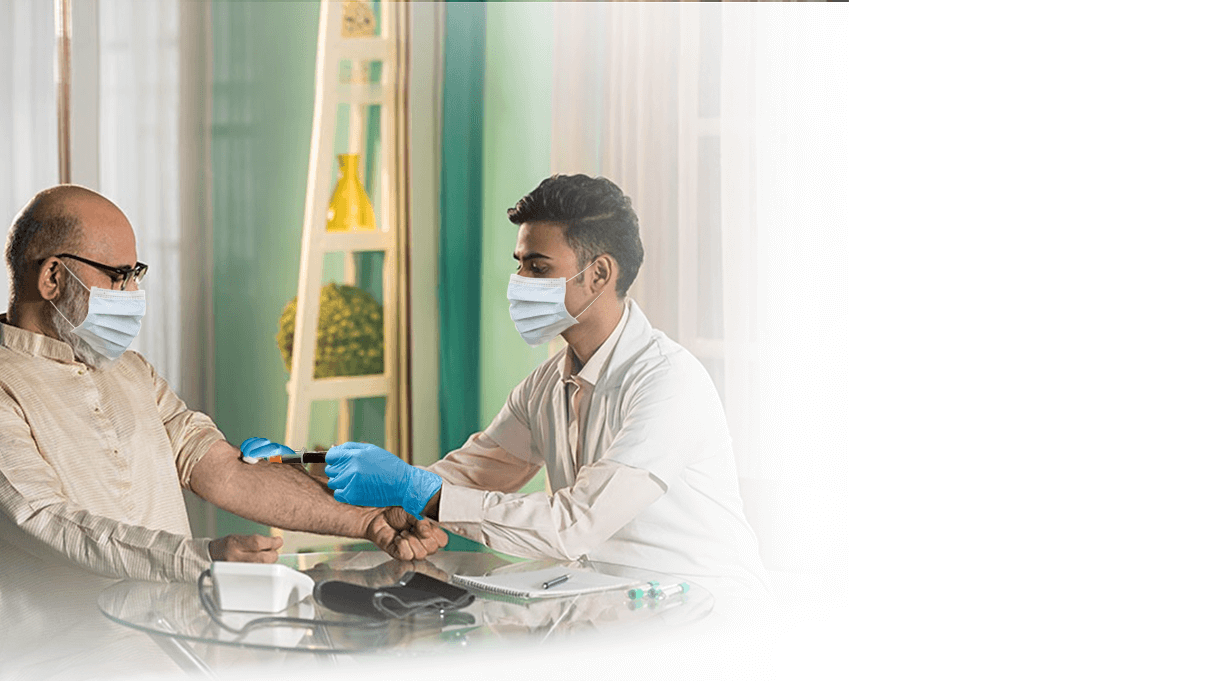From wagging tails to curious meows, animals are a part of our daily lives. Whether they are cherished pets, strays in our neighborhoods, or wild creatures we encounter during outdoor adventures, animals add joy, but also potential risk, to human environments. While most interactions are harmless, improper handling or unawareness can lead to bites, scratches, and even exposure to zoonotic infections like rabies or leptospirosis.
Understanding animal safety and incorporating daily bite prevention measures is critical for personal health, especially for children, pet owners, and people working with animals. Let us explore essential safety practices, risk assessment tools, and how diagnostic testing can help you stay healthy around animals.
Why Animal Safety Matters in Daily Life
We interact with animals more often than we realize, whether it is feeding a pet at home, encountering stray animals on the street, or spotting wildlife in parks or rural areas. These interactions can turn risky when animals feel threatened, are unwell, or are handled carelessly.
Key Risks Include:
- Bites and Scratches: Leading to infections like rabies or tetanus.
- Zoonotic Diseases: Illnesses transmitted from animals to humans.
- Delayed Diagnosis: Overlooking the need for early care after a bite or exposure can be dangerous.
Early Animal Bite Risk Assessment and prompt testing can reduce complications from animal-borne infections.
Understanding Animal Bite Risk
Not all bites are the same. Certain types pose greater risks depending on the animal's health, vaccination status, and the environment in which the bite occurred.
High-Risk Bites Include:
- Dogs and Cats: Especially unvaccinated or stray.
- Wild Animals: Such as monkeys, bats, foxes, or raccoons.
- Stray Animals: Often unmonitored and potentially carriers of disease.
What Is Animal Bite Risk Assessment?
This involves evaluating:
- The species of animal involved
- Whether the bite was provoked or unprovoked
- The environment (rural vs urban)
- Animal’s vaccination and health history
- Signs of aggression, foaming, or erratic behavior
Conducting an Animal Bite Risk Assessment immediately after a bite helps doctors determine the need for vaccinations, antibiotics, or testing for zoonotic risk.
Bite Prevention and Safe Handling Tips
Avoiding bites begins with respectful and safe handling practices. Whether you are a pet parent, veterinarian, or passerby, follow these tips:
Safe Handling Practices
- Avoid sudden movements or loud noises around animals.
- Do not disturb pets while they are eating, sleeping, or caring for young.
- Let unfamiliar animals sniff your hand before touching.
Teaching Children Animal Safety
- Never approach unknown animals without an adult.
- Avoid hugging or rough play with pets.
- Teach them to recognize warning signs: growling, tail stiffening, backing away.
Special Precautions for Animal Handlers
Veterinarians, zookeepers, and volunteers should:
- Wear protective gear during treatment or restraint.
- Be trained in animal behavior.
- Stay updated with tetanus and rabies vaccinations.
Prevention starts with safe animal handling and community-wide awareness.
Pet Vaccination and Preventive Care
A well-vaccinated pet is not only healthier but also safer for the humans around them.
Vaccinations to Prioritize
- Rabies Vaccine: Mandatory and life-saving.
- Tetanus Booster: Particularly relevant after scratches or bite wounds.
- Other Pet Vaccines: Depending on region, include leptospirosis, distemper, etc.
Diagnostic Testing for Pets
Veterinary diagnostic labs offer blood tests to:
- Monitor immune responses
- Identify early infections that may pose zoonotic risk
- Ensure vaccine effectiveness
Routine Vet Visits
- Annual or bi-annual checkups
- Oral health assessments
- Skin checks for ticks, mites, or infections
Regular pet vaccination and medical monitoring reduce cross-species infection risk and make home environments safer.
Managing Stray and Wild Animal Encounters
Stray animals often appear friendly, but carry unpredictable health risks. Wild animals, even more so.
Best Practices When Encountering Strays:
- Do not feed or approach stray dogs or cats.
- Avoid direct eye contact and sudden gestures.
- Alert local animal control if a stray appears injured, aggressive, or ill.
Community-Level Strategies
- Support sterilization and vaccination drives.
- Promote stray animal management through public education.
- Encourage children to avoid touching unknown animals, especially in parks or temples.
What to Do About Suspicious Animal Behavior
If an animal is unusually aggressive, drooling excessively, or seems disoriented:
- Do not engage.
- Note the location and description.
- Contact authorities or local animal welfare organizations immediately.
Zoonotic Risks and Diagnostic Testing
Common Zoonotic Infections to Watch Out For:
- Rabies: Fatal if untreated. Spread through bites or saliva.
- Leptospirosis: Spread through urine of infected animals; affects kidneys and liver.
- Toxoplasmosis: Often transmitted via cats; dangerous for pregnant women and immunocompromised individuals.
Importance of Early Diagnostic Testing
- Rabies antibody testing, leptospira serology, and PCR tests can confirm exposure.
- Animal Bite Risk Assessment often determines if testing is necessary.
When to Visit a Diagnostic Center/Clinic
After:
- A bite or scratch from an unknown or unvaccinated animal
- A wild animal encounter
- Symptoms like fever, swelling at the bite site, or behavioral changes
Prompt testing ensures timely treatment and prevents complications.
Proactive Safety and Health Monitoring: The Way Forward
Key Takeaways:
- Animal safety isn’t just for pet owners, it is for everyone.
- Regular bite prevention practices, pet vaccination, and diagnostic readiness save lives.
- Staying informed about zoonotic risk and teaching others is a public health priority.
Whether you own a furry friend or frequently encounter animals in your community, adopting safety protocols protects both humans and animals.


